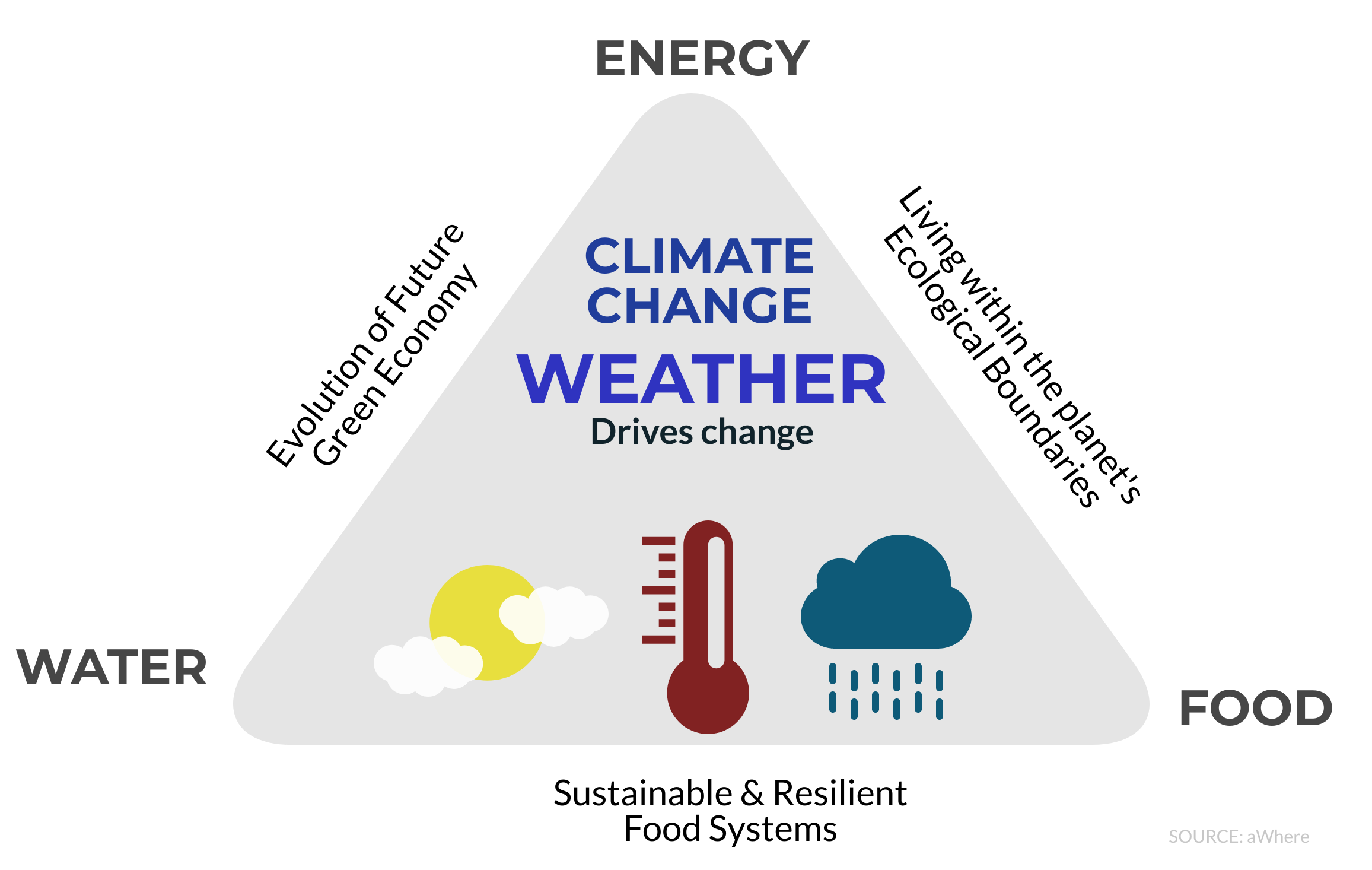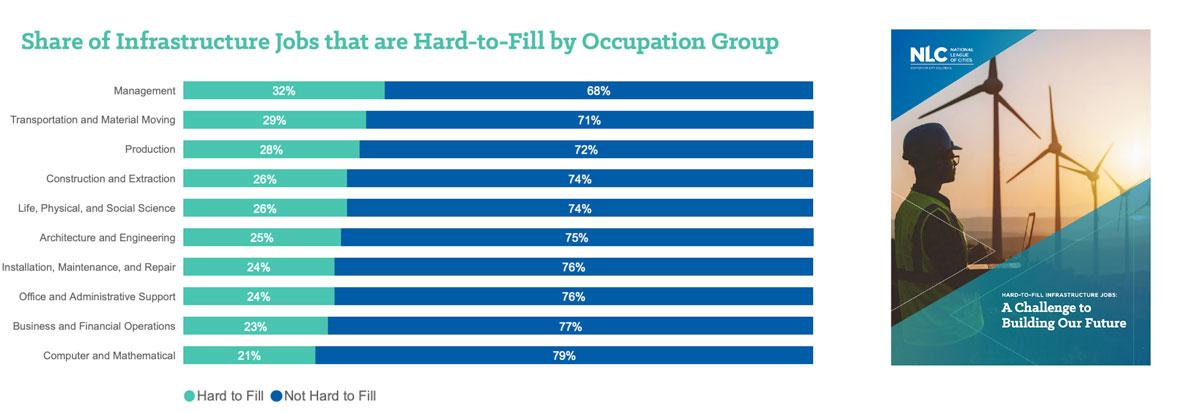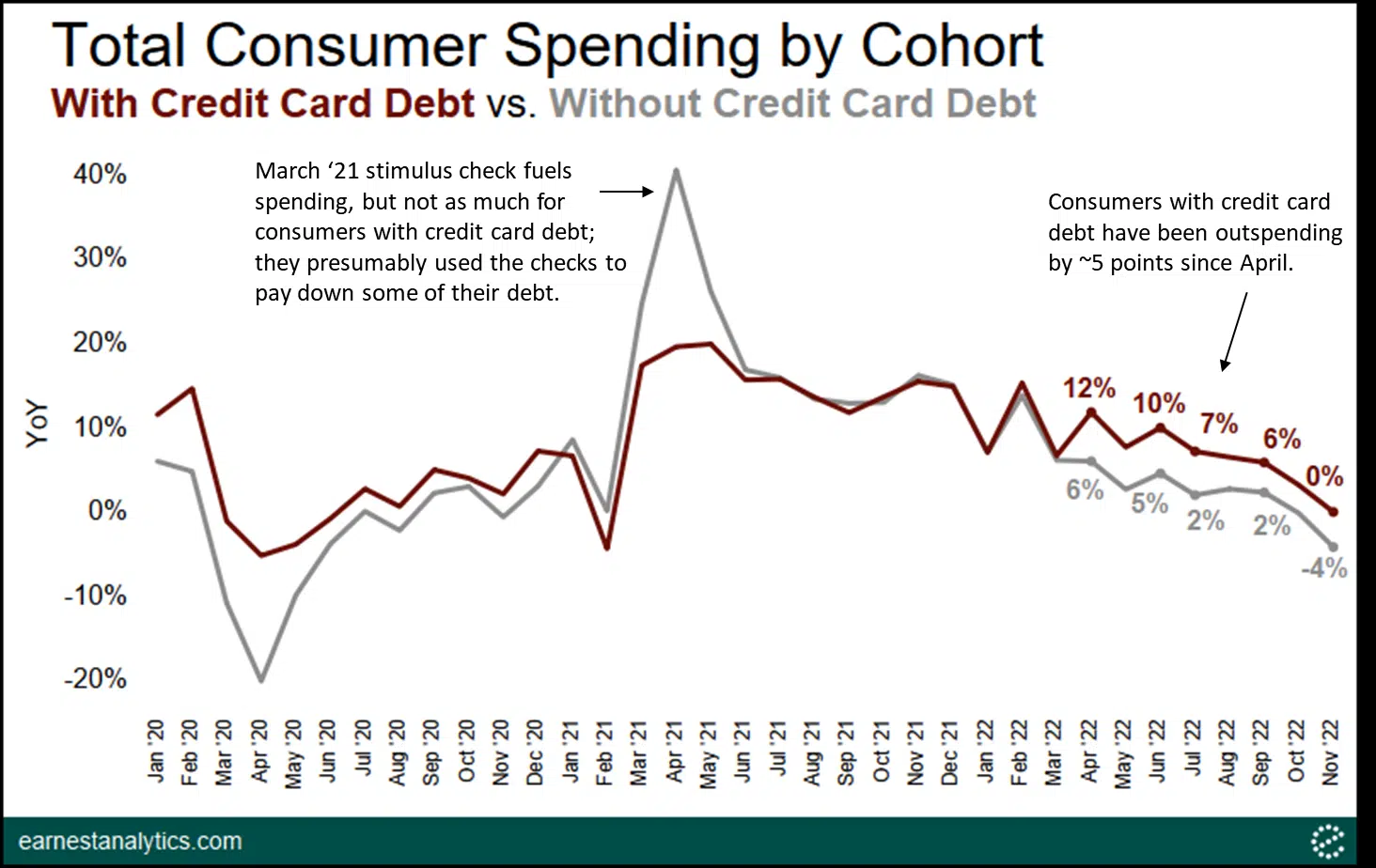
2020 was to be the year of Climate Action around the world by a wide range of organizations; at least that was the vision until COVID-19 caused a global pandemic. However, “2020 will likely be one of three warmest years on record,… Ocean heat is at record levels. Extreme heat, wildfires and floods, as well as a record-breaking Atlantic hurricane season, have affected millions of people. Climate impacts are compounding threats to human health, security and economic stability posed by COVID-19” (WMO, 2020). As we launch into 2021 with renewed hope of global cooperation to address COVID-19 and Climate Change, we must now consider how best to respond to UN Secretary General, Mr. Guterres’ call to “build a better future for all.” As we lay out the blueprint for a green and equitable economy, three key interactions should be considered as they are each impacted by increased weather variability due to climate change: Food, Energy and Water. This series will focus on how weather is impacting each of these three individually and how weather analytics can optimize our investments, policies and partnerships to adapt to and mitigate against climate change.
What are the repercussions of climate change on realizing our Global Development Goals by 2030? In the case of food, climate change has resulted in shifts in the onset of rains, intense rain events that have flooded crops and washed our roads so farmers can’t access markets. As for energy, climate change is impacting our infrastructure by requiring more cooling capacity for buildings and adversely impacting dam infrastructure for hydroelectric power. Turning to water, extreme rainfall events have damaged infrastructure such as the dams in Japan, flooded roads, homes and compromised municipal sewage systems with excess stormwater that causes overflow and contamination. In light of the increased incidence of adverse impacts associated with extreme weather it is imperative that we harness the power of weather analytics to support policies and planning to ensure we are building infrastructure and shaping future food systems to become more resilient to climate change while also living within the ecological boundaries of our planet.
To get started will briefly summarize our series of 2020 on the interaction of COVID-19, Climate Change and Food Security. The Lancet reviewed the interaction between climate change, food security and human nutrition in the wake of the COVID-19 pandemic. Both climate change and COVID-19 disproportionately impacted the most vulnerable in society. Climate change has impacted local weather patterns leaving rainfed farmers at a loss of when is the best time to plant their crop. aWhere has documented this in several countries but one of the clearest examples of this was for Honduras in which the month of July is now so dry that it causes crop failure, thus requiring a shift from one long crop season towards two shorter crop seasons. At the same time we saw severe flooding in Honduras due to hurricane Ita. During 2020, our food system was put to the test due to lockdowns during critical stages of crop production, transport restrictions and reduced operations of food services and supermarkets, super imposed by job losses and reduced incomes, especially for seasonal labor and those in the restaurant sector.
As we work toward building back better, we must consider the critical role our food system plays in environmental degradation (e.g. loss of rainforests and biodiversity), emission of greenhouse gasses due to N2O emission from fertilizers, methane (CH4) production from paddy rice and livestock, and CO2 emissions from fossil fuels from tractors and release of soil carbon due to plowing. Taken together, agriculture accounts for 26% of global greenhouse gases of which 31% is from livestock and fisheries, 27% from crop production and 24% from land use for food production. Increased weather variability and extremes is adversely impacting on food production in both quantity and quality by increasing the severity of pests and diseases such as the severe locust infestations in Africa during 2020. It is critical to now use advanced agriculture and data science to plan, implement and adapt our food systems to become more sustainable, resilient and nutritious to support 10 billion people by 2050.
One key input to realize this vision is the provision of local, accurate and timely weather data to inform farm operations, optimize crop production systems across regions and optimize logistics to preserve food quality and nutritional value, increase affordability and access to food year round. In many emerging markets, farmers do not have access to local weather data or insights on how their climate has changed in order to respond appropriately. It is now time to rethink weather services that blend traditional ground weather stations that are far apart and expensive to maintain, esecially in Africa. Over the past 20 years, aWhere has been addressing this constraint using agrometerology insights and advanced data science to develop over 1.9 million weather stations globally that put a weather station within 6.5 km of any farmer. These data are now being used to drive crop models and agronomic recommendations for farmers and can even be used to visualize our global food security; aWhere developed the Food Security Tracker in 2020 (recent map below) to help us get ahead of global food insecurity.
![]()
In light of the challenges, technological advances and interaction between food, health, and climate change; 2020 has taught us a great deal in designing more resilient and equitable food systems. This includes the need to empower local governments with the capacity to analyze actual weather pattern shifts to inform more resilient food systems (e.g. Honduras), investing in strategic infrastructure for irrigation to support crops during times of drought (e.g. southern Africa) and keeping citizens informed through weather bulletins and alerts of weather anomalies or extreme events so households can prepare to avert loss of life or property. Use of weather analytics such as the tools aWhere has provided to national governments will be key to informing future infrastructure projects (e.g. roads, dams, food storage facilities, building codes), trade, policies and climate services to deliver economic, social and ecological resilience to climate change. aWhere’s 2021 blog series on food, energy and water will investigate how sectors across the globe can better manage risk and also build back better by integrating localized weather data into their solutions.
To learn more about the data behind this article and what aWhere has to offer, visit https://www.awhere.com/.







Sign up to receive our stories in your inbox.
Data is changing the speed of business. Investors, Corporations, and Governments are buying new, differentiated data to gain visibility make better decisions. Don't fall behind. Let us help.



















Sign up to receive our stories in your inbox.
Data is changing the speed of business. Investors, Corporations, and Governments are buying new, differentiated data to gain visibility make better decisions. Don't fall behind. Let us help.











